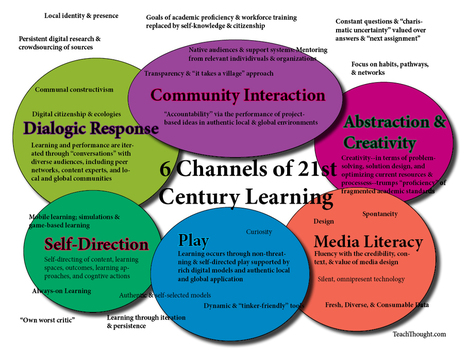Recent findings indicate that higher education enrollment is being outpaced by online enrollments while overall enrollment in higher education has declined over the last three years (Betts, 2017). Data analyzed from the U.S. Department of Education confirm that enrollment in online courses in higher education has more than tripled in the years from 2002 to 2014: 2002, 1.6 million; 2014, 5.8 million (Poulin & Straut, 2016).
Parallel to the growth of online learning, non-tenure track positions now comprise about three out of four appointments in higher education and half of these are part-time assignments (Morris, 2016). Challenges face higher education institutions when online programs reflect a significant percentage of part-time faculty. If a high rate of turnover exists, the cost of replacement can be substantial. Therefore, it is in the best interest of the institution to retain adjunct online faculty by searching for solutions (Reed, 2015).
Get Started for FREE
Sign up with Facebook Sign up with X
I don't have a Facebook or a X account
 Your new post is loading... Your new post is loading...
 Your new post is loading... Your new post is loading...
|

Derrick Schellenberg's curator insight,
March 24, 2014 9:49 AM
An interesting graphic on some of the skills or activities relating to 21st Century learning. Not much depth in the actual article/explanation, but the six different channels provide some food for thought. It is interesting that there is a real shift to student as participant and contributor in all of the six channels. Their role is active. They can help determine the direction. They can explore some of their own interests and express themselves in different ways. What I find interesting is that you can see the pendulum moving toward the students, and I am curious as to where we are in the arc (in North America, specifically Ontario). Eventually the pendulum will shift back, toward rigour, and content, and curriculum, as well as standards.
Are we just beginning the swing toward student-centered education (as examples of standardized testing abound) or are we well on our way to reaching the end of this continuum, and we should gird ourselves for the return swing? Or, will we find a happy hybrid, a blending of a rigorous curriculum, discovered through inquiry-based learning, constructed using student and teacher collaboration, with students "driving the bus" and teachers acting as guides (and hopefully accelerating past the need to test everyone and everything)? |













